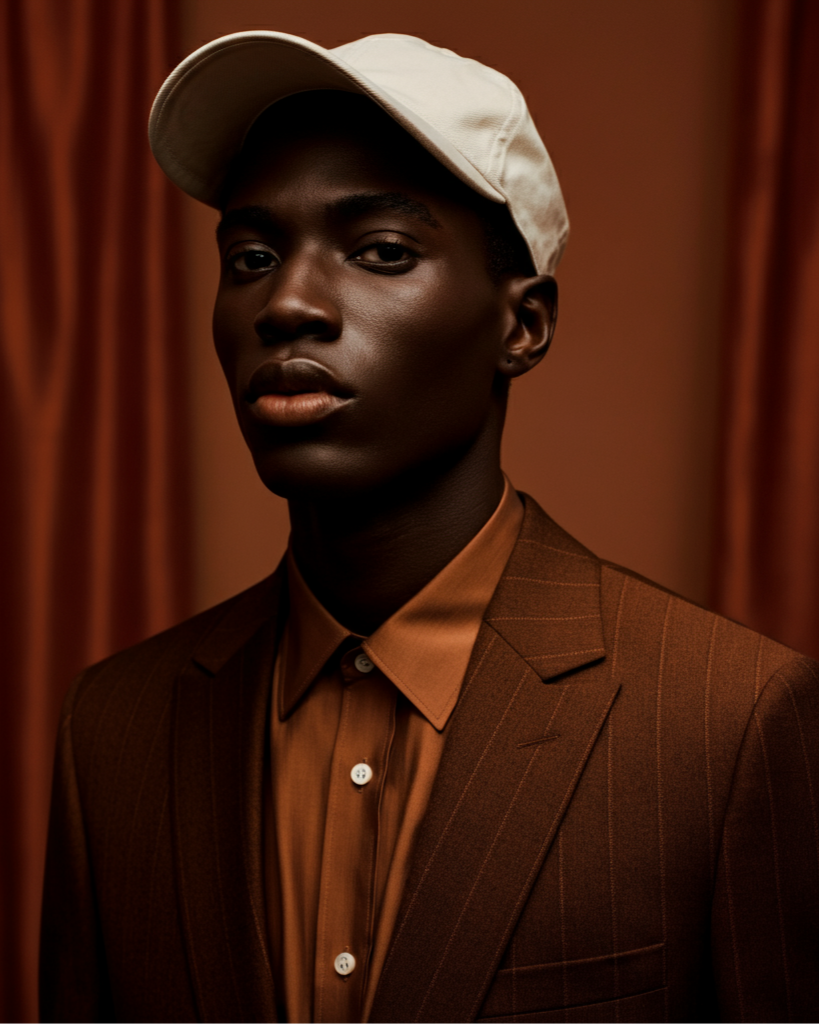Identity, trends and places to buy
What is the typical profile of the African fashion consumer? Fashion in Africa is much more than just an industry; it is a form of personal expression and a reflection of social dynamics. Sagaci Research’s report “The Fashion Industry in Africa 2025” offers valuable insight into the consumption habits of Africans, their relationship with trends and their preferred shopping destinations.
Fashion as self-expression
For many Africans, clothing is an extension of their identity. The report reveals that 78% of respondents agree or strongly agree with the statement that “clothing is a form of creative self-expression”. This figure underlines the cultural and personal importance of fashion on the continent, where every outfit can tell a story, assert a sense of belonging or express individuality.
This perception of fashion as a powerful visual language is a fundamental driver of the industry, encouraging a diversity of styles and abundant creativity that resonate with consumer aspirations.
A committed community
Interest in fashion trends is also very pronounced in Africa. According to the study, 52% of respondents agree or strongly agree with the statement “I keep up to date with current fashion trends”. Only 6% disagree or strongly disagree, and 26% are neutral.
These figures show that the majority of the population is attentive to stylistic developments and eager to be part of current trends. This creates a dynamic market, receptive to new and innovative products from local and international designers.
Where do Africans buy their clothes?
Clothing and footwear buying habits in Africa are diverse, but the outdoor market remains the dominant distribution channel. The report states that :
- 35% of purchases are made at open-air markets.
- 22% from Apparel retailers.
- 17% via “Other” channels.
- 12% in supermarkets.
- 9% in online stores.
- 5% on table tops.
This breakdown highlights the persistence of informal trade and traditional markets as the preferred places to buy, often for their accessibility and prices. However, the growth of specialist retailers and online platforms signals a gradual modernization of distribution channels, offering new opportunities for brands and entrepreneurs.
A dynamic and expressive market
The African fashion consumer is a key player, valuing personal expression and paying close attention to trends. While outdoor markets retain their importance, more formal and digital distribution channels are gaining ground. Understanding these dynamics is essential for any company wishing to prosper in the African fashion industry.
Read also


